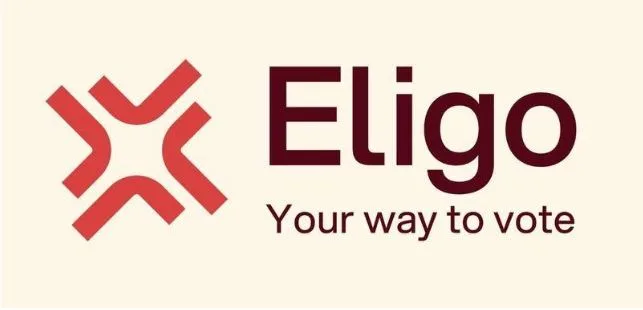The Strategic Choice for Wallet Development
The surge of interest in Web3 and decentralized finance (DeFi) has made the crypto wallet a mandatory gateway for millions of new users. For businesses aiming to capture this market, the decision to develop a custom wallet is strategic. It’s a chance to offer a tailored user experience and integrate proprietary features. Yet, building a financial application that requires bulletproof security demands serious expertise.
The Imperative of Quality and Compliance
Developing a crypto wallet is not a standard application build. It operates at the intersection of high finance, complex cryptography, and rapidly evolving global regulation. Compromising on any of these fronts can result in devastating financial and reputational losses.
- Security as the Core Product In a wallet, security is paramount. A single vulnerability in key generation, storage, or transaction signing can expose millions of dollars in user funds. Hiring a specialized development team ensures adherence to best practices like multi-factor authentication (MFA), cold storage integration for corporate funds, and regular, mandated security audits. The quality of cryptographic implementation is directly tied to the developer’s experience.
- Navigating the Regulatory Landscape The United States has one of the world’s most complex and stringent regulatory environments for digital assets. Platforms must often comply with KYC (Know Your Customer) and AML (Anti-Money Laundering) requirements, especially for custodial models or those offering fiat on-ramps. Choosing specialized crypto wallet development services in USA offers a significant advantage. These firms possess native knowledge of US licensing frameworks, state-level Money Transmitter Licenses (MTLs), and the evolving stances of bodies like the SEC and FinCEN. This local expertise minimizes legal risk and ensures the product is regulation-ready from day one.
Assessing the Development Model
The path you choose to build your wallet profoundly impacts cost and timeline.
Custom Development Building from scratch allows for unique branding, seamless integration with proprietary platforms, and full control over the tech stack. This approach provides the highest level of scalability and innovation but demands the largest budget and the longest timeline, often exceeding six months for a non-custodial, multi-chain application.
White-Label Solutions These platforms utilize pre-built, tested software components that can be branded and customized. White-label dramatically reduces time-to-market and initial costs, making it a good choice for MVPs or businesses focused purely on user acquisition rather than infrastructure innovation. However, flexibility is limited.
Key Features Driving the Budget
The total cost is heavily weighted by the features you choose to include beyond the basic send/receive function.
- Multi-Chain Support: Integrating two or more major blockchains requires modular architecture and significantly more development time than a single-chain wallet.
- DeFi and NFT Integration: Allowing users to connect to decentralized applications or manage their non-fungible tokens seamlessly requires complex smart contract interaction capabilities within the wallet interface.
- Fiat On/Off-Ramps: Integrating with payment gateways to allow users to buy crypto with traditional currency is a high-demand feature that adds regulatory complexity and requires dealing with third-party financial APIs.
The Value of US-Based Expertise
Wallet development costs are highly variable. A simple MVP for a single-chain custodial wallet might start below $100,000. However, an enterprise-grade, multi-chain wallet with advanced features can easily push the budget past $300,000. While outsourcing to regions with lower labor costs can save money, the premium charged by crypto wallet development services in USA or Western Europe is often justified by their specialized blockchain expertise, institutional familiarity, and proficiency in building platforms for demanding, regulated markets. This investment is viewed as risk mitigation, ensuring the final product meets the highest standards of security and legal compliance required for American and international users. Ultimately, partnering with top-tier US firms ensures a higher quality, more defensible product in a high-stakes industry.





